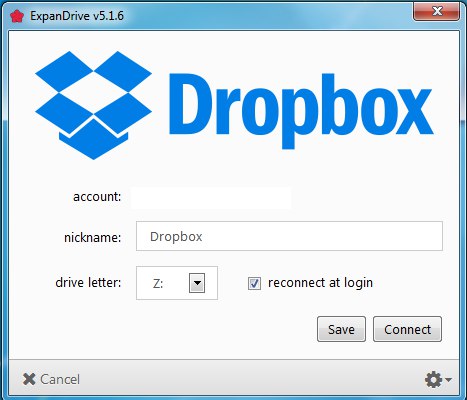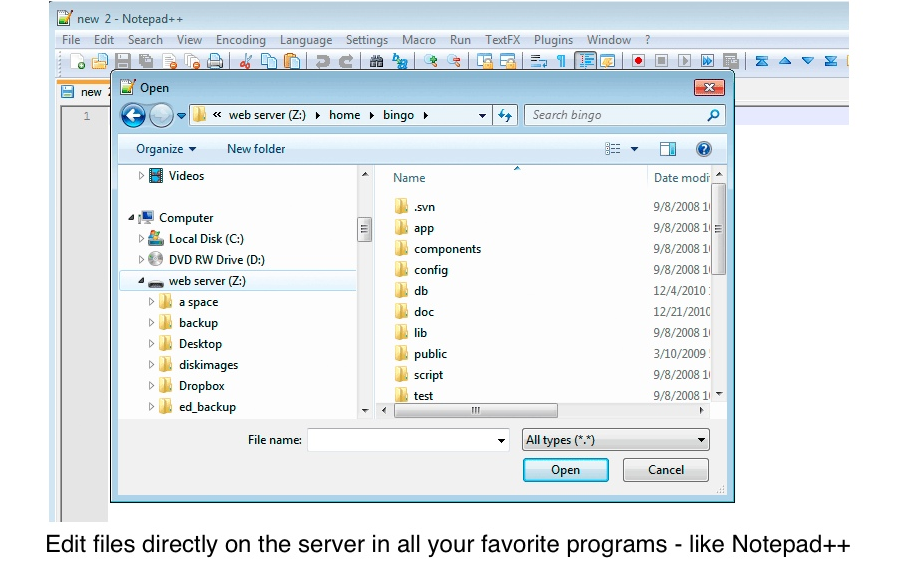
The shell executes command line input when it sees a linefeedcharacter ( \n, also called a newline), which happens when you press Enter after entering the command. You know the command line is ready for input when you see the command line prompt. Pay attention to the different metacharacters and their usages – which can depend on the context where they're used. There are many metacharacters in bash: # \ $ | ~ to name a few. the pound sign ( # ) comment character that tells the shell to ignore everything after the # metacharacters - these are special characters that are associated with an operation in the environment.literal characters, that just represent (and print as) themselves.In the bash shell, and in most tools and programming environment, there are two kinds of input:


This system uses the less pager described below.a space advances the output by one screen/"page", and typing Ctrl-C will exit more.May produce a lot of output, so you may need to scroll up quite a bit, or pipe the output to a pager.Works for most Linux commands 3rd party tools may use -h or -? or even /? instead.In the Terminal, type in the command name then the -help long option (e.g.How do you find out what options and arguments a command uses? -h says to show file sizes in human readable form (e.g.-a shows all files, including dot files whose names start with a period (.-l shows a long listing, including file permissions, ownership, size and last modified date.If an argument is a directory name, the contents of that directory are listed.If no arguments are provided, the contents of the current directory are listed. The arguments to ls are one or more file or directory names.Ls -lah # example 8 - three short options that can be combined after a dash (-lah) Ls -l -a -h # example 7 - three short options entered separately (-l -a -h) Ls -w 20 # example 6 - a short option w/a value, as above, where -w is the same as -width
.png)
Ls -width=20 # example 5 - a long option that has a value (-width is the option, 20 is the value) profile # example 4 - one argument, a file name (.profile) Ls -help # example 3 - one "long" (word) option (-help) Ls -l # example 2 - one "short" (single character) option only (-l)


 0 kommentar(er)
0 kommentar(er)
